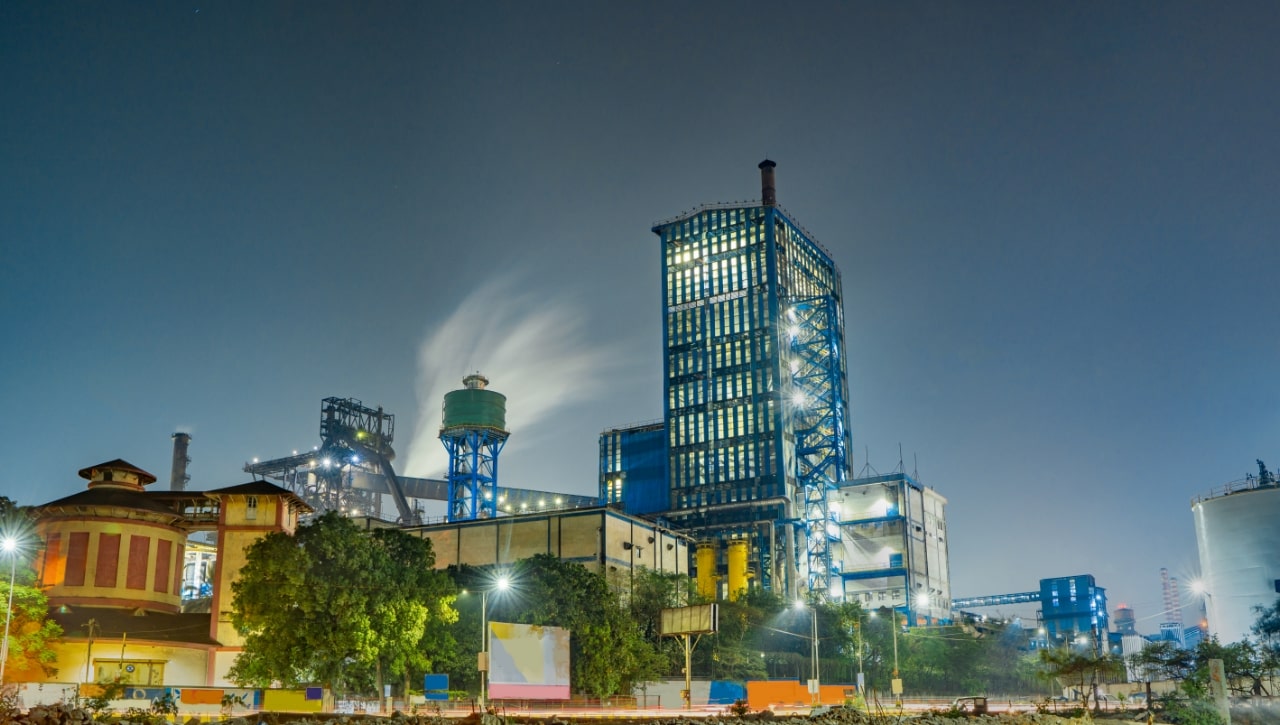
Introduction
India boasts a thriving steel industry, currently the second-largest producer globally, contributing significantly to the nation’s economic growth and infrastructure development. With a crude steel production capacity exceeding 145 million tonnes annually, the industry employs millions and caters to diverse sectors like construction, automobiles, and manufacturing.
Steel production in India:
The Indian steel industry primarily employs two production processes:
Steel manufacturing process:
Regardless of the chosen route, the steel manufacturing process generally involves the following stages:
Steel production capacity:
India’s steel production capacity has witnessed a remarkable increase in recent years, driven by investments in modernization and expansion projects. Several major players dominate the industry, including SAIL, Tata Steel, JSW Steel, and ArcelorMittal Nippon Steel India.
Steel demand and supply in India:
The Indian steel market is characterized by a strong demand driven by robust infrastructure development and a growing manufacturing sector. However, domestic production often falls short of total demand, necessitating steel imports to bridge the gap. This demand-supply imbalance presents both challenges and opportunities for domestic steelmakers.
Steel exports from India:
India is a net exporter of steel, with key export destinations including Asia, Africa, and Europe. Steel exports contribute significantly to the nation’s foreign exchange earnings and bolster the industry’s competitiveness in the global market.
Environmental impact of steel production:
Steel production is an energy-intensive process that generates greenhouse gas emissions and air pollution. The Indian steel industry is increasingly adopting environmentally friendly technologies and practices like waste reduction, energy conservation, and emission control measures to mitigate its environmental impact.
Steel recycling in India:
Steel recycling plays a crucial role in the Indian steel industry. Recycled steel scrap contributes significantly to the production process, reducing the need for virgin raw materials and energy consumption. The government is actively promoting steel recycling through various initiatives to improve resource utilization and sustainability.
Future prospects of the Indian steel industry:
The future of the Indian steel industry looks promising, driven by the government’s focus on infrastructure development, growing domestic demand, and ongoing investments in modernization and technology. The industry is also expected to benefit from increased focus on sustainable steel production and circular economy practices.
Key factors influencing the Indian steel market:
Several key factors influence the Indian steel market, including
By understanding these factors and adapting accordingly, the Indian steel industry can continue to thrive and contribute significantly to the nation’s economic development and infrastructure growth.
Conclusion –
The Indian steel industry is a vital sector of the economy, playing a crucial role in nation-building and infrastructure development. As the industry continues to evolve and adapt to changing market dynamics and environmental concerns, it holds immense potential for future growth and prosperity.







© 2024 KALIKA STEEL ALLOYS PVT. LTD. All Rights Reserved. | Design & Development: Optimist Brand Design LLP.
Kalika Steel is the most preferred TMT bar
manufacturer in Maharashtra.

Kalika Steel is the most preferred TMT bar manufacturer in Maharashtra.